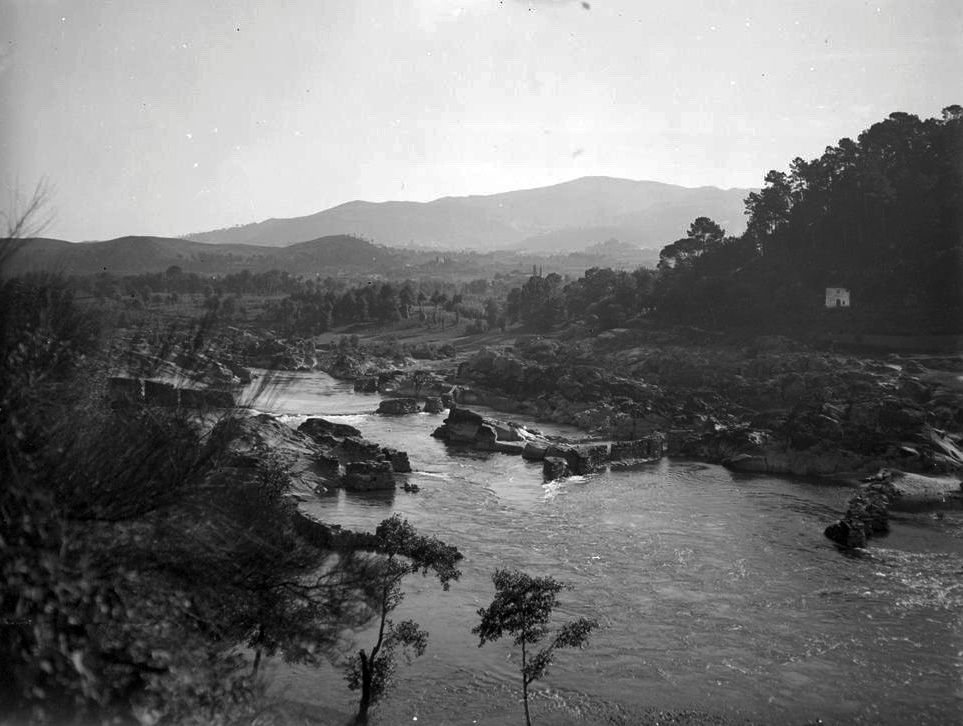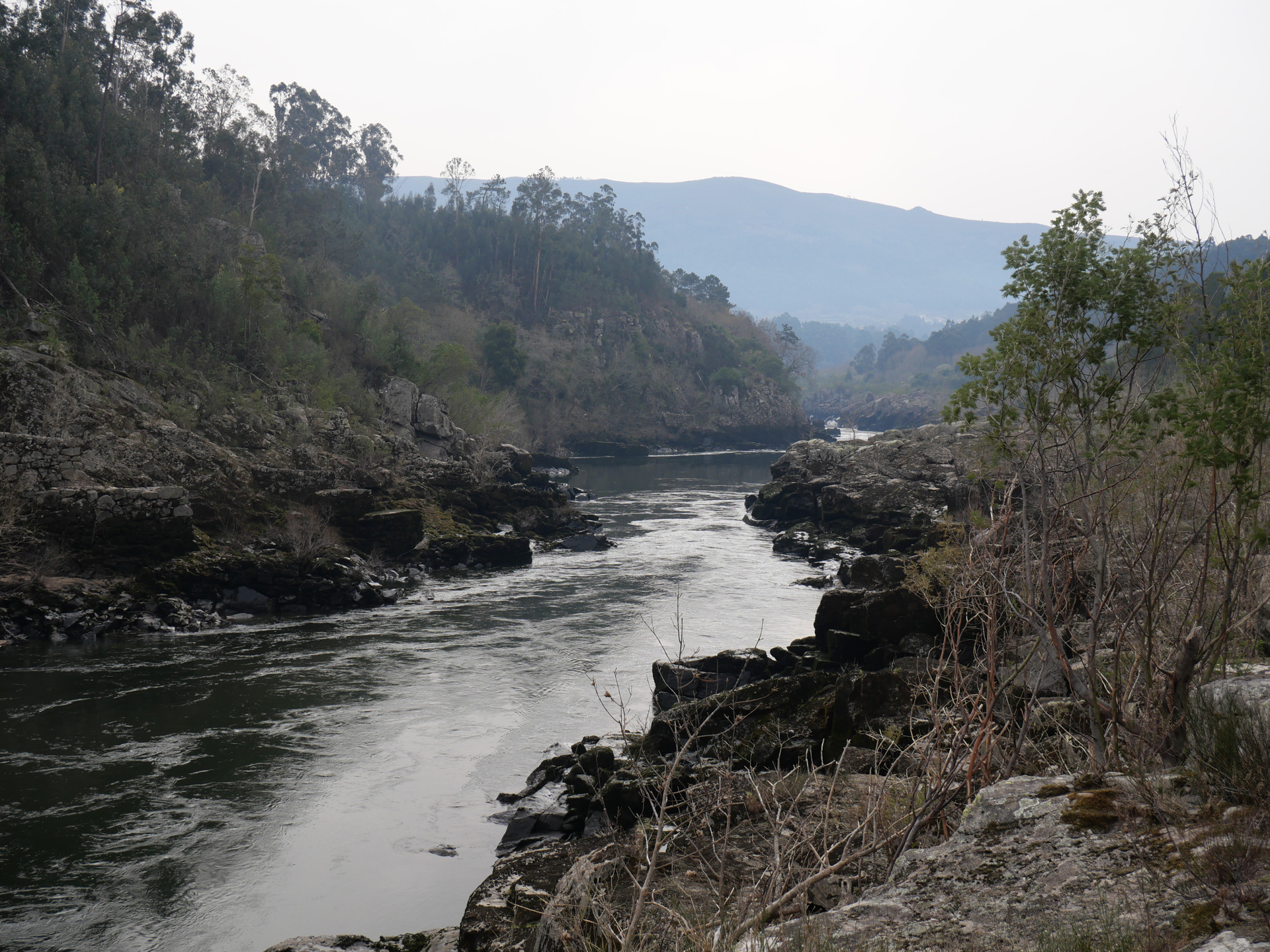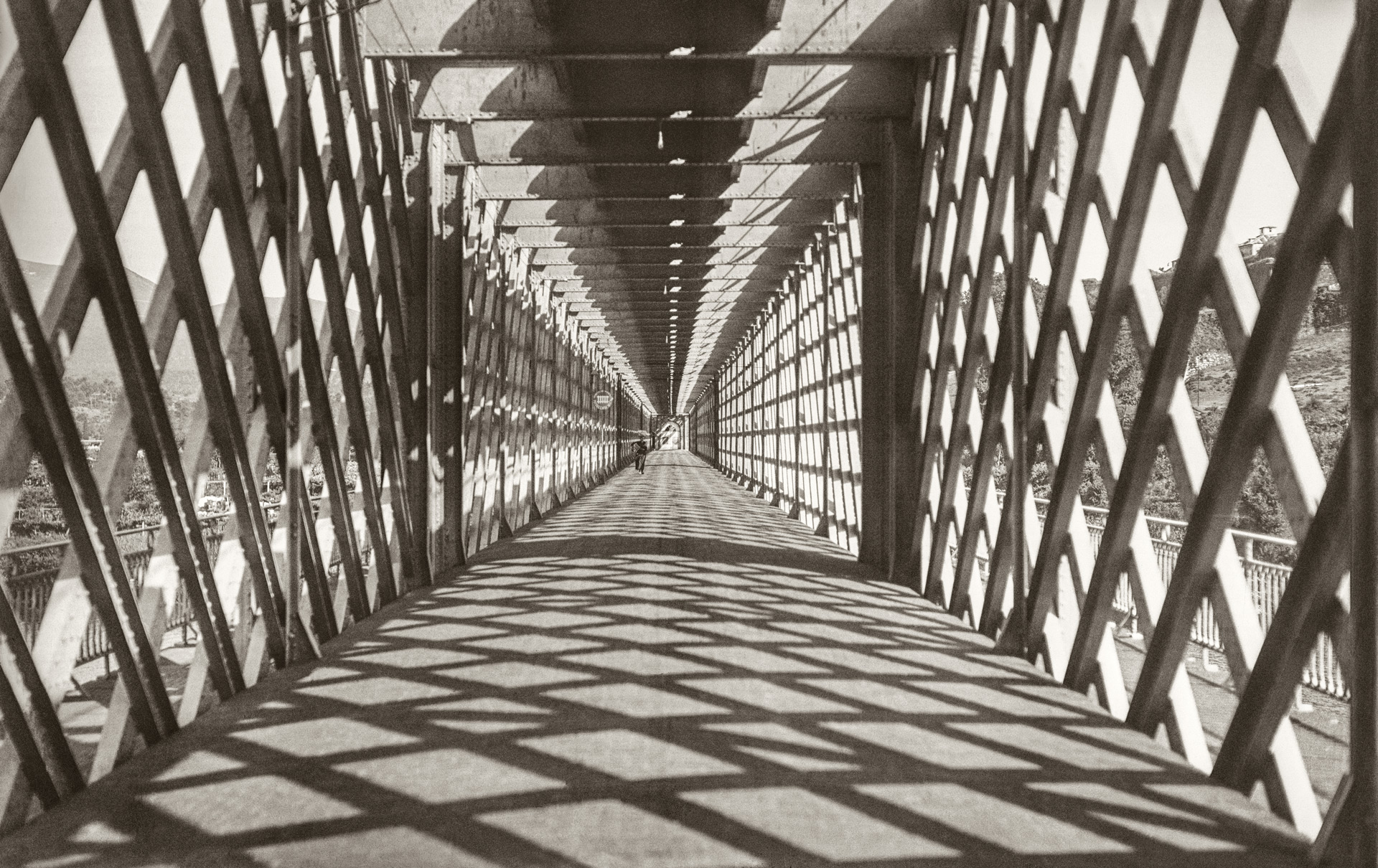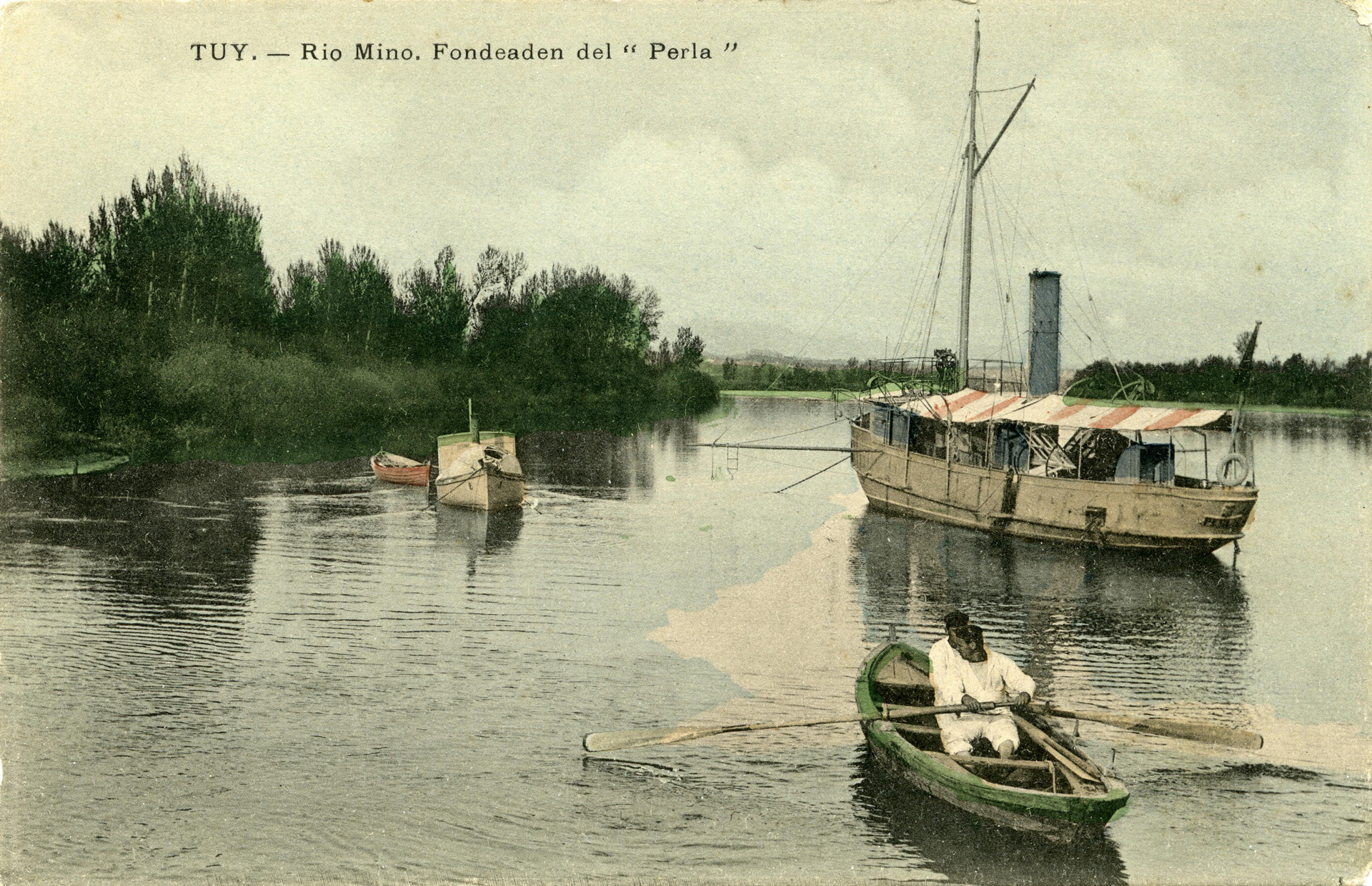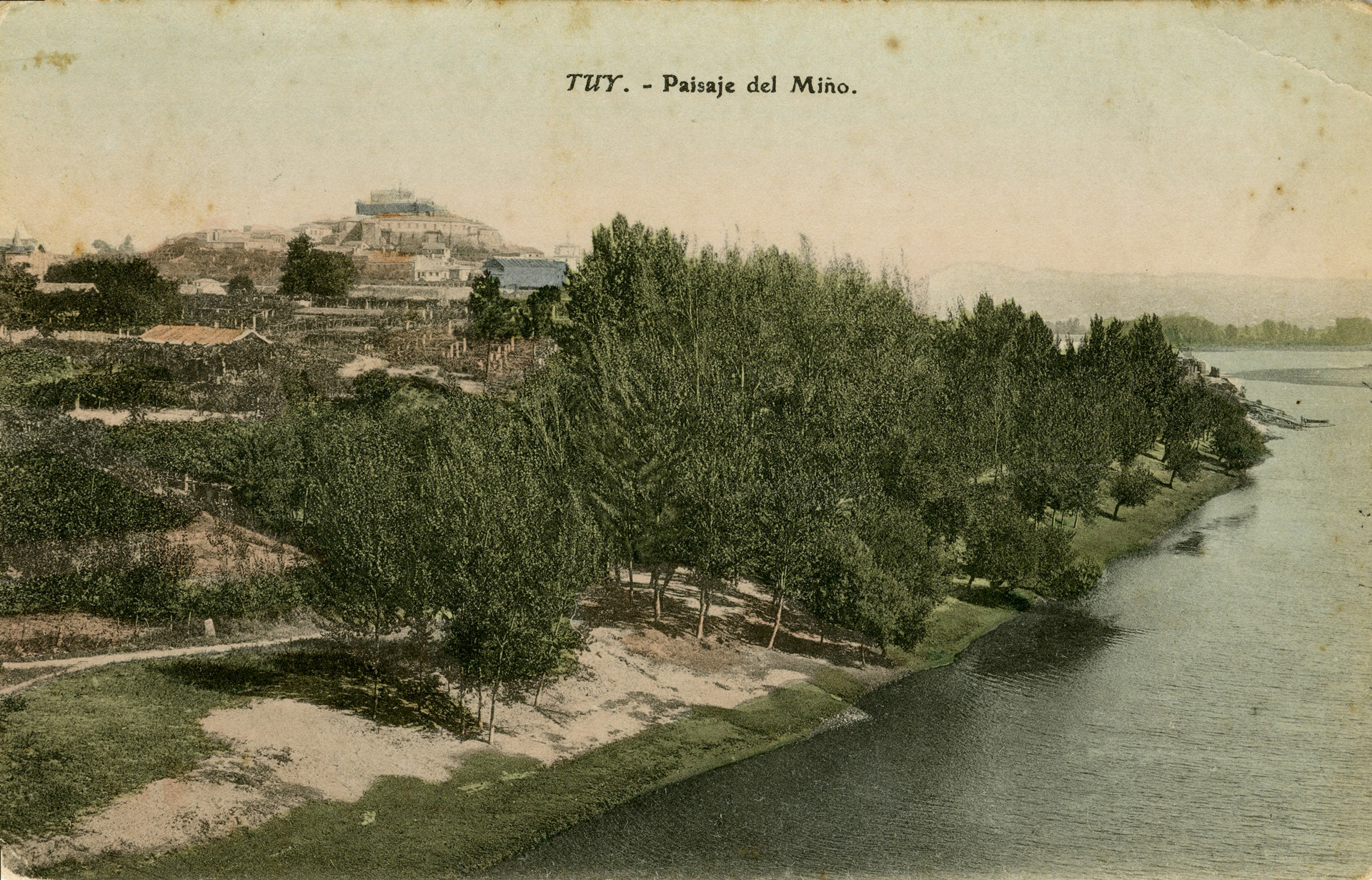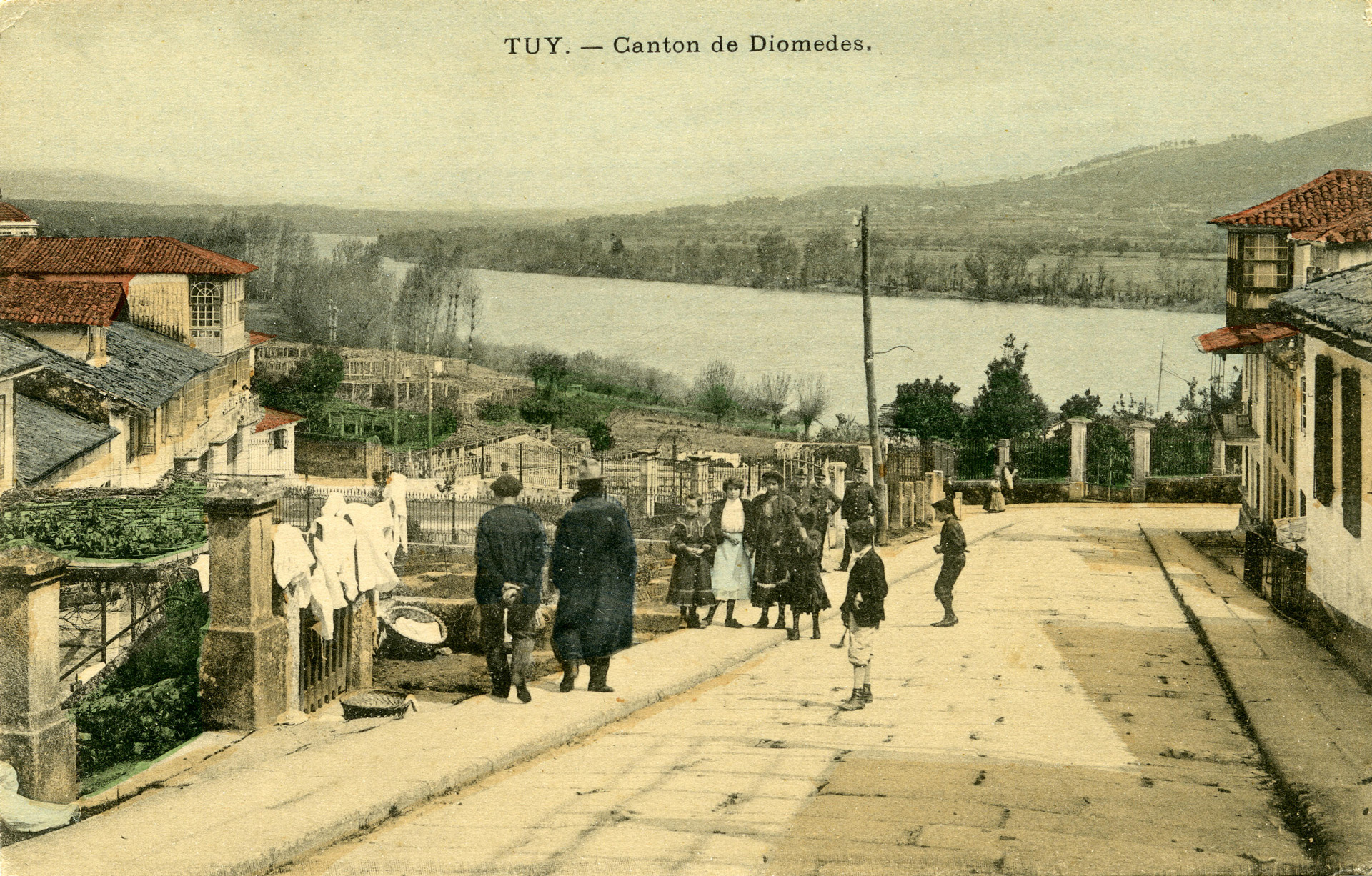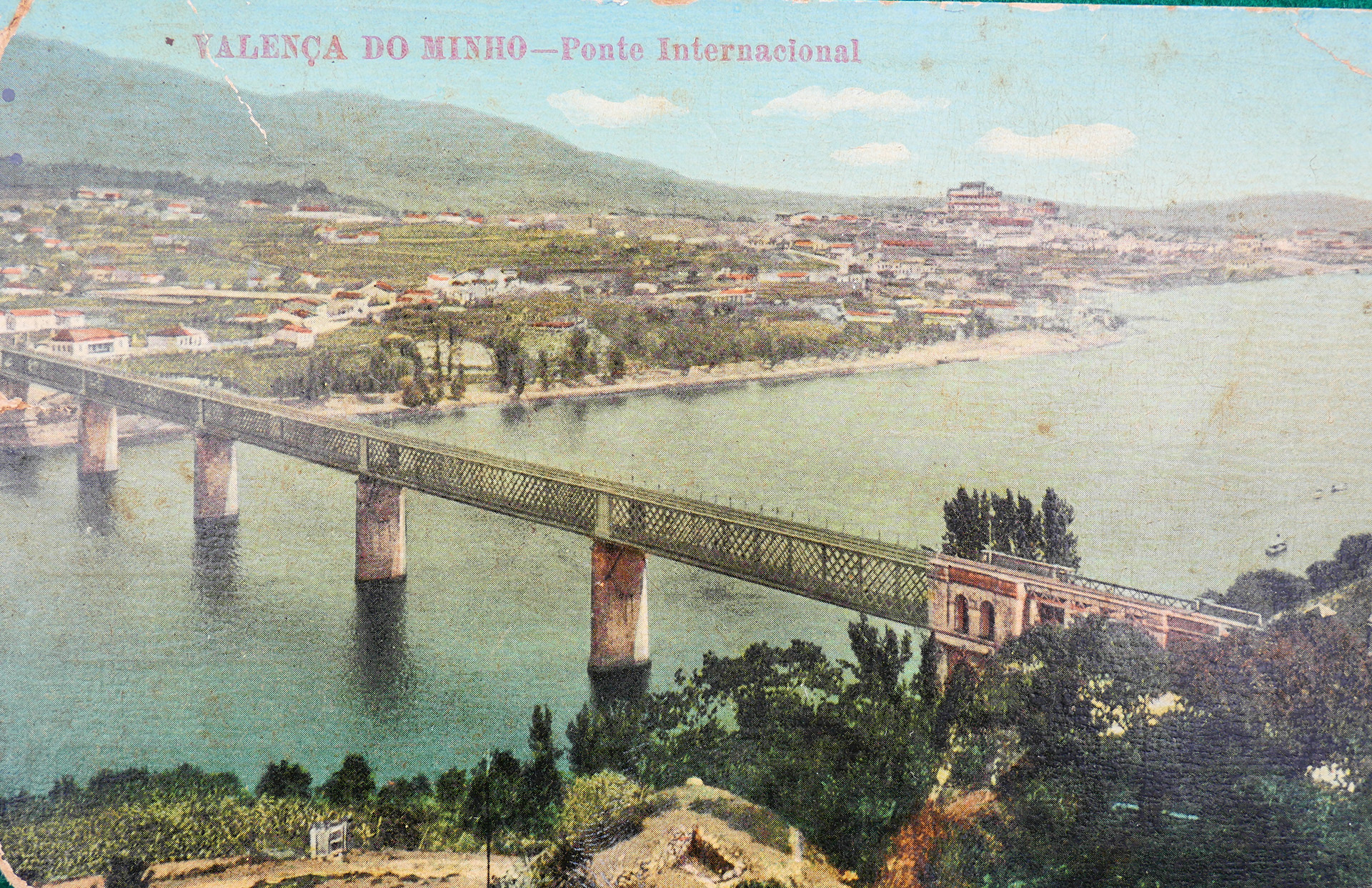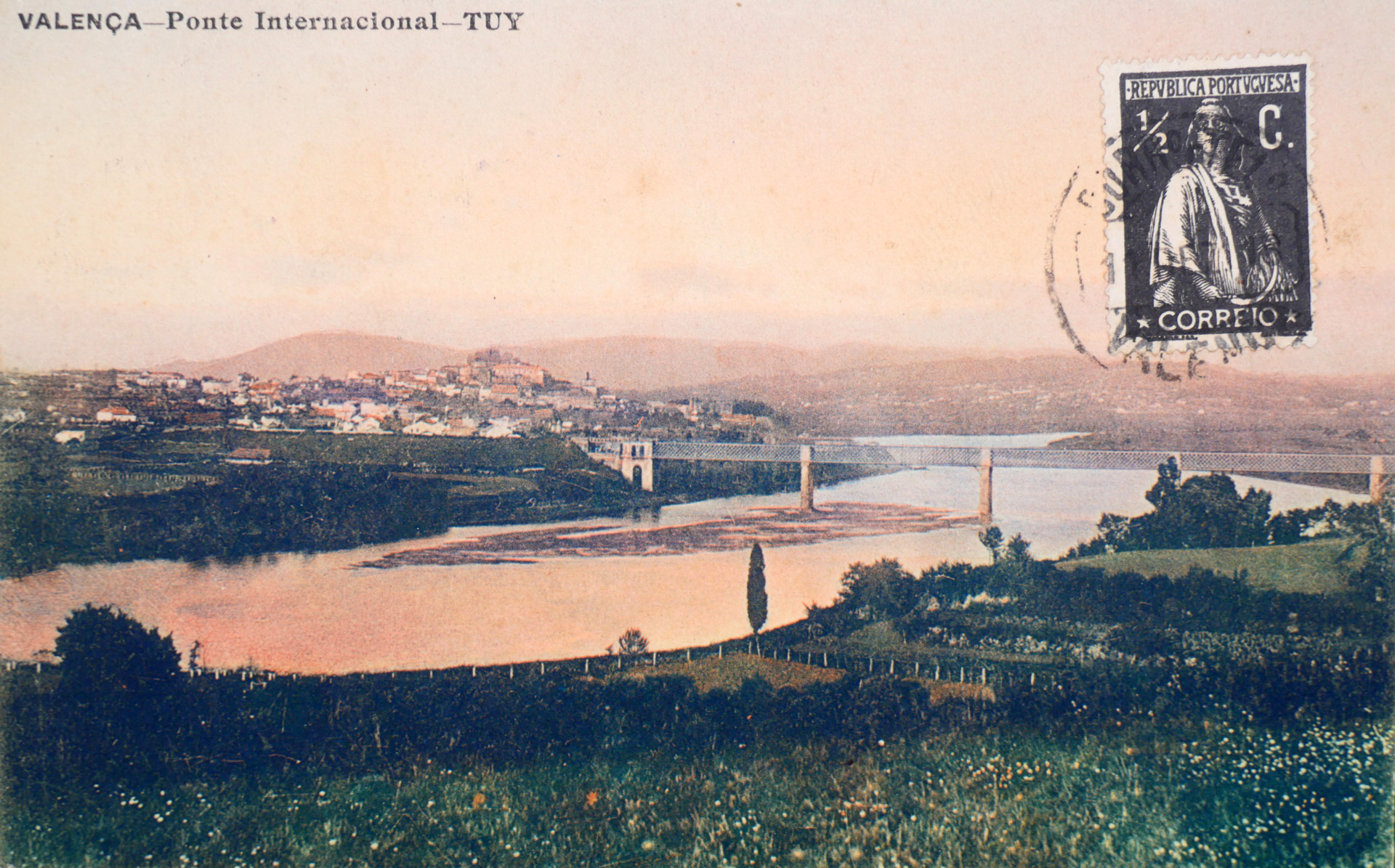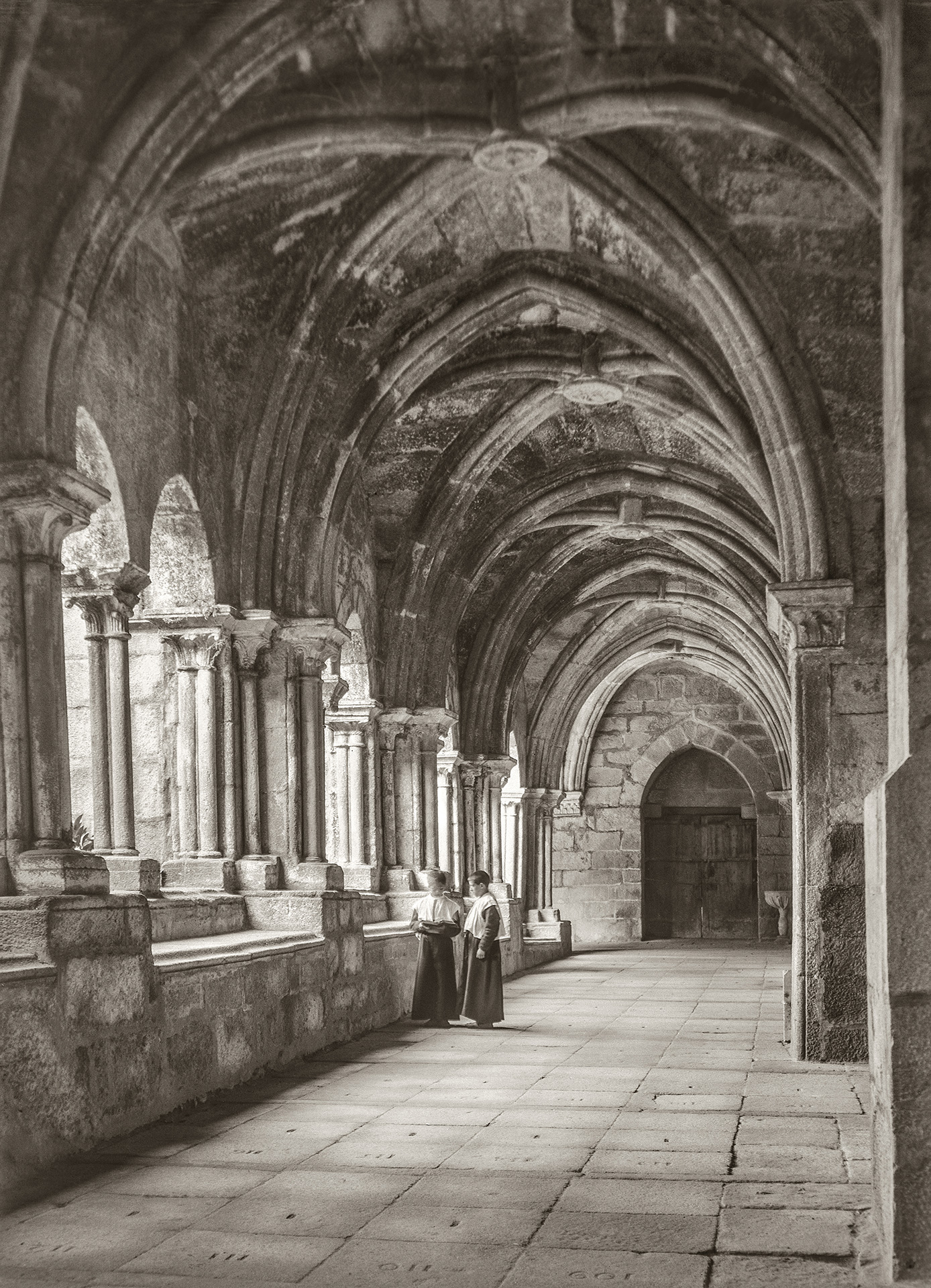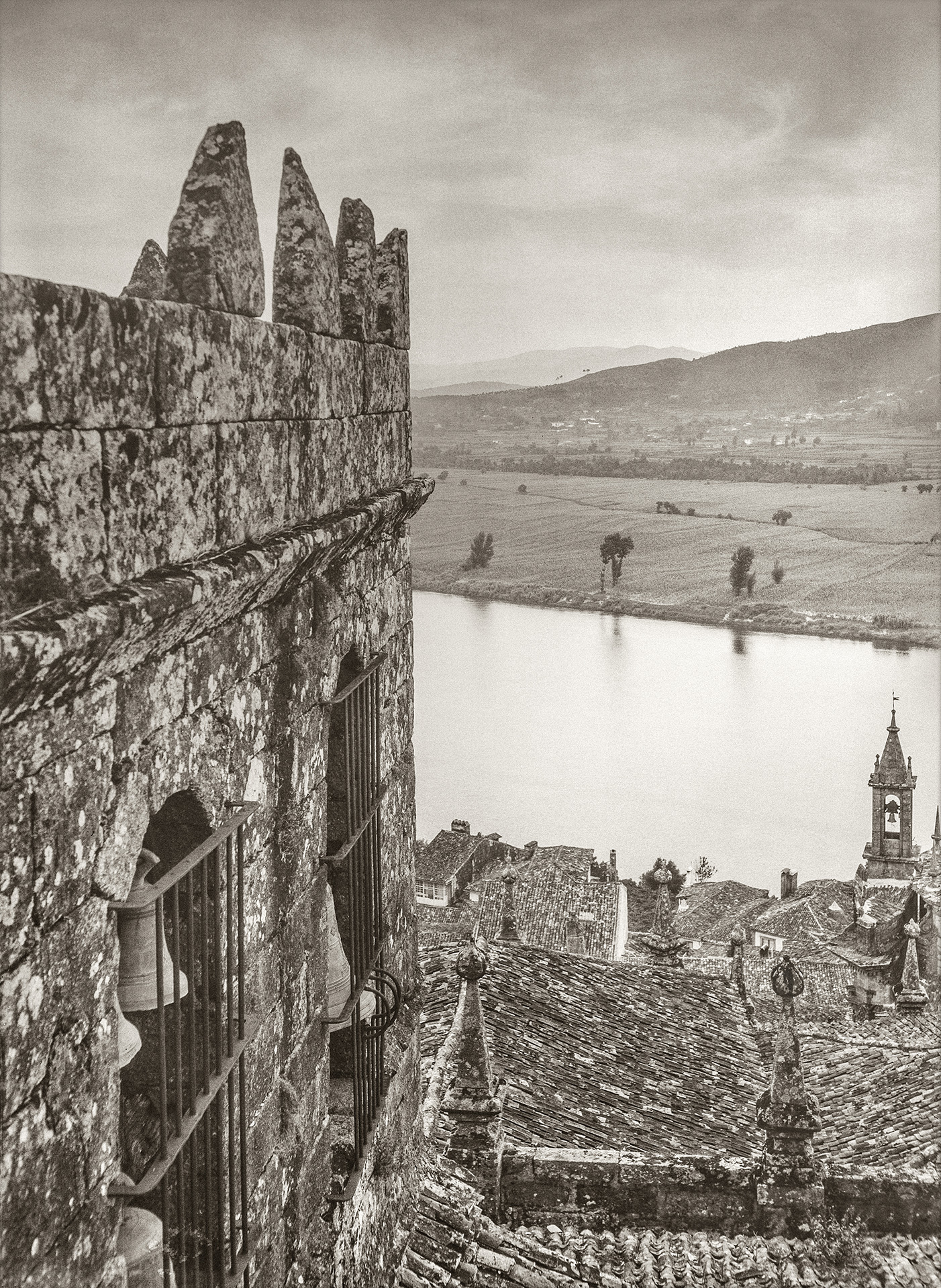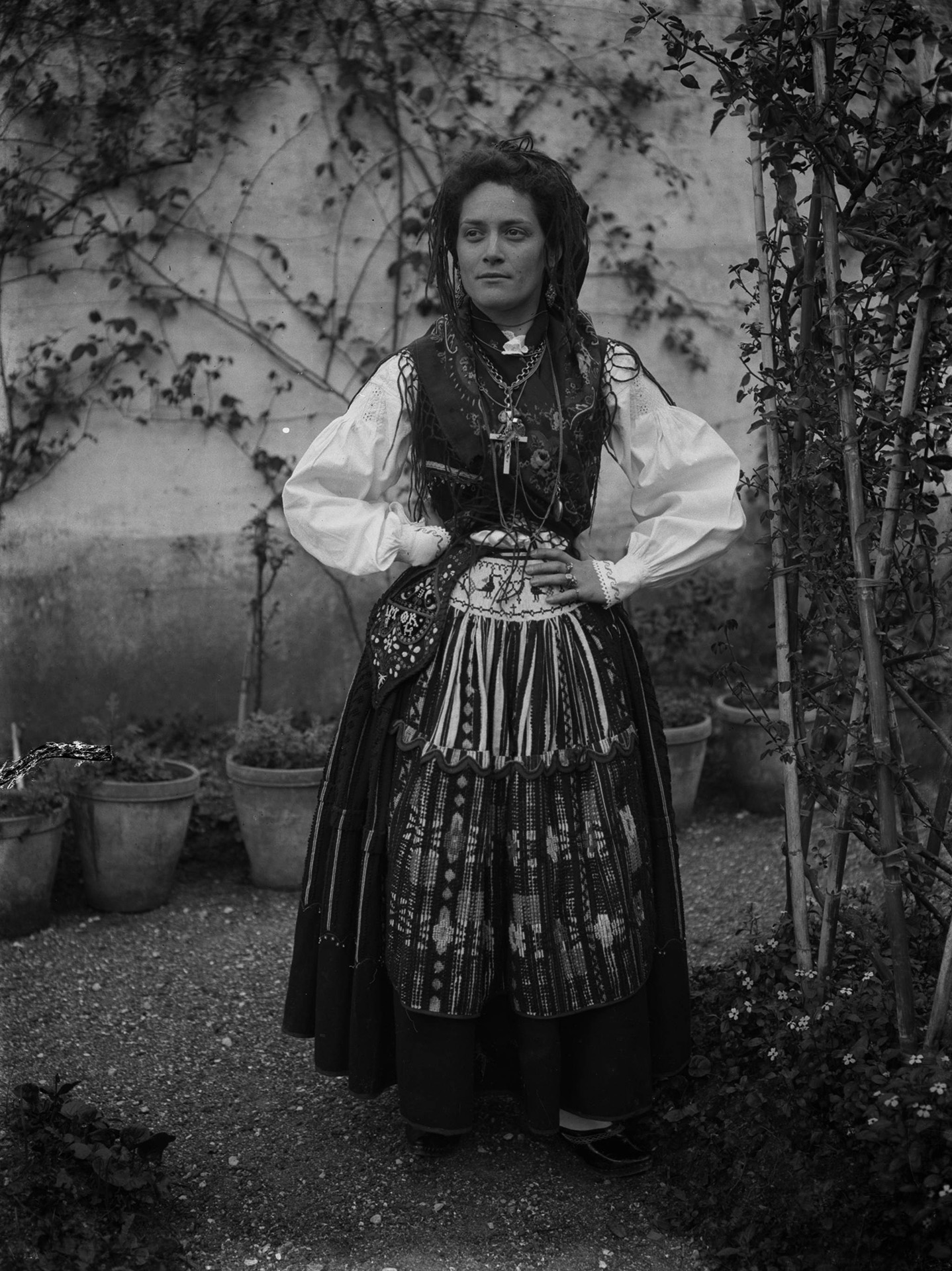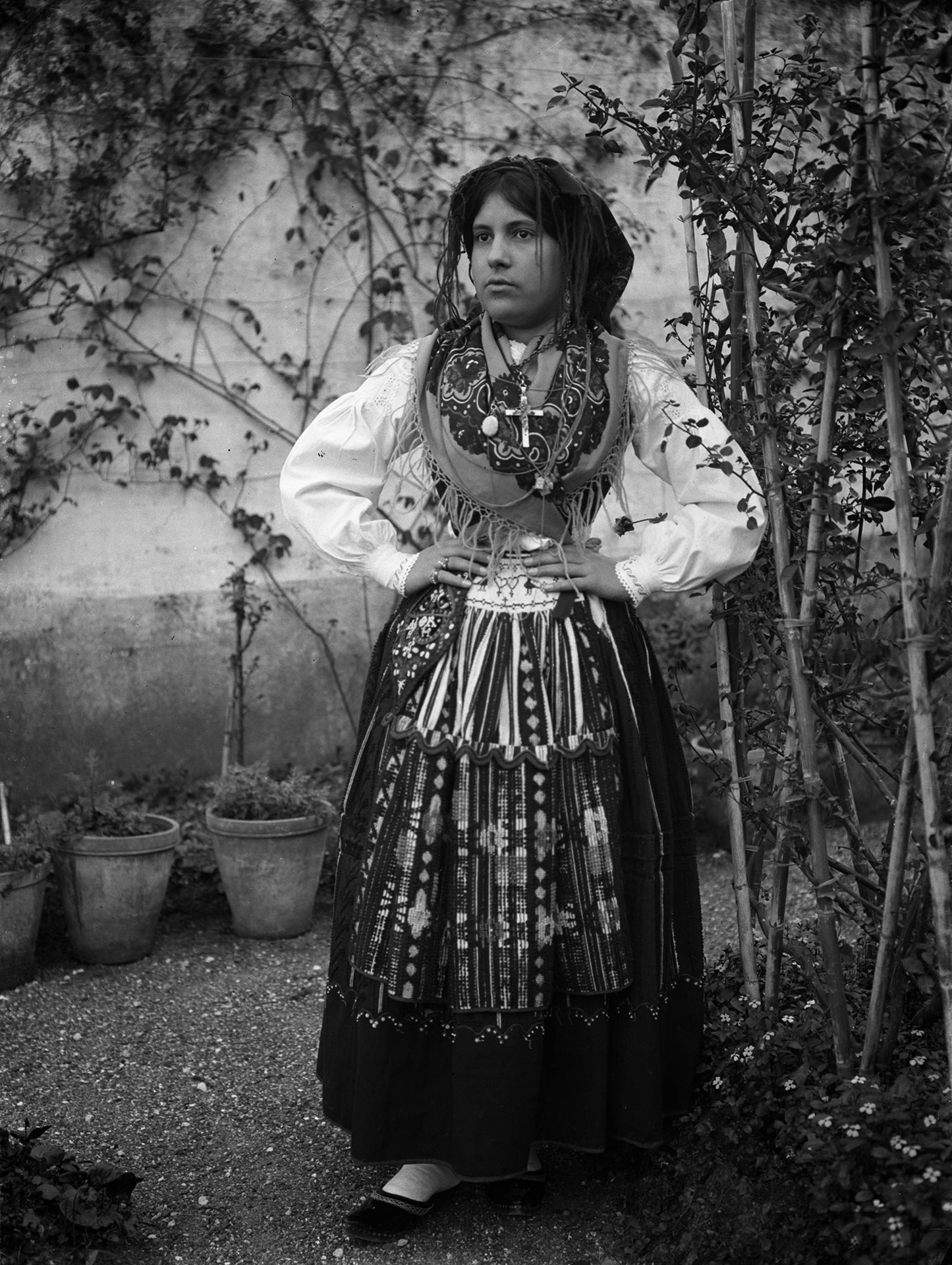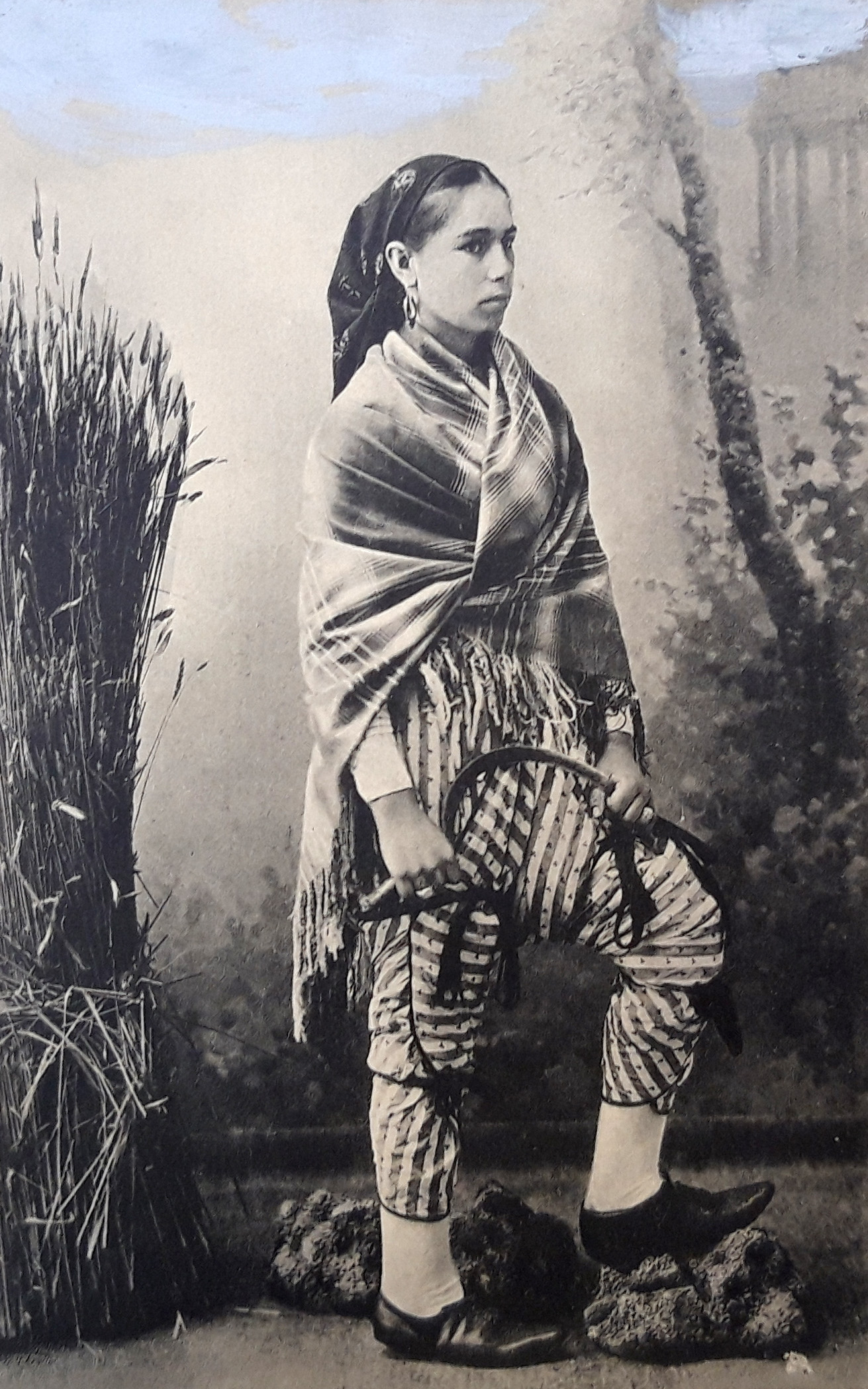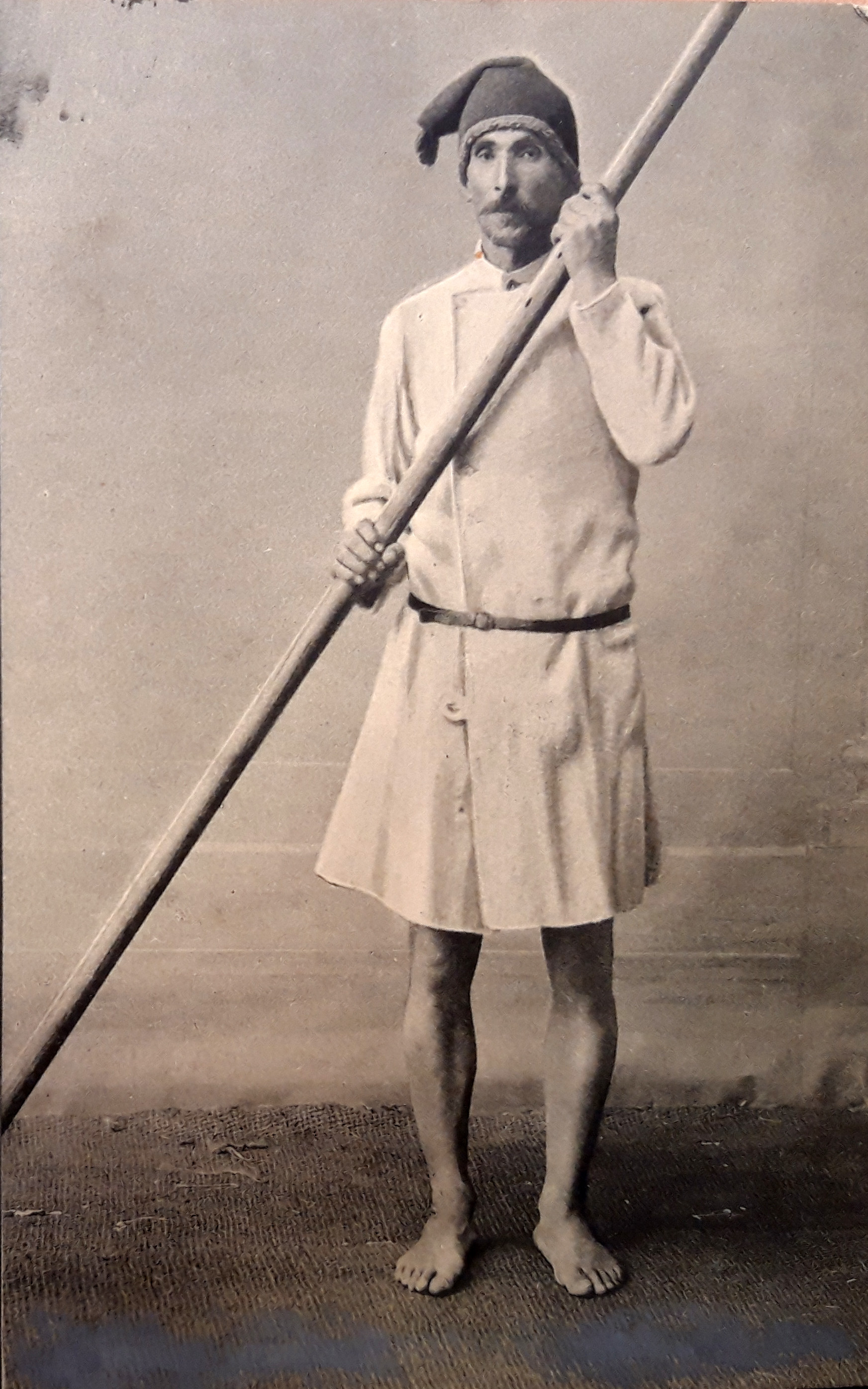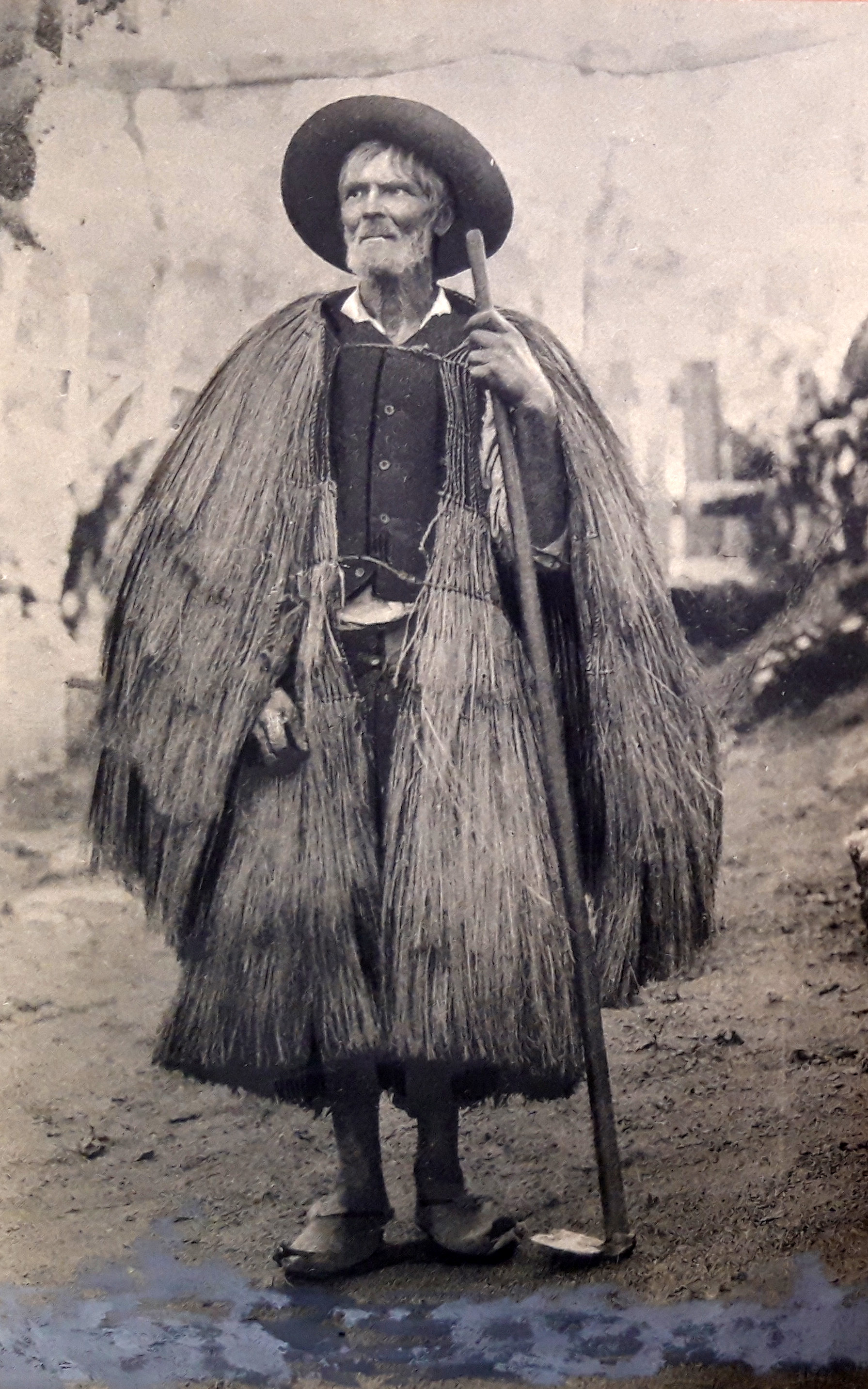
>Near Frieira railway station, inaugurated in 1881, we see the meeting between three provinces in two different countries: Pontevedra on the river’s right-hand bank, Ourense on the left and, hugging back to the south, the Minho region, in Portugal. This is the beginning of the Raia, the Portuguese Boundary Marker n.º1, formerly a crossing point for contraband goods. A place where travellers in the last third of the 19th century arrived, staggered by the landscape and the severity of Portugal’s mountains. Not far from there was the Ponte Barxas, an old international bridge crossing the Troncoso, a tributary of the Minho, which enabled the traveller to cross the border in just six paces. In 1935 it was replaced by another bridge, not much longer, much further away.
Beyond the roaring, swirling, foaming Minho, the stern mountain heights of Portugal seemed to touch the burning blue sky.
WALTER M. GALLICHAN
(Geoffrey Mortimer)
FISHING AND TRAVEL IN SPAIN
A Guide to the Angler
London. F. E. Robinson & Co. 1904
An afternoon among the pine trees
It is surprising to learn that right at the beginning of the 20th century the man who filmed the first moving picture in Portugal moved to the northernmost tip of the Portuguese Republic with his camera. That man was Aurélio Pas dos Reis.
Termas do Peso
As well as the views of the little wooden bridge spanning the river Troncoso in 1903, his stereoscopic illusions are dreamlike. Strolling among pine trees and afternoon swimming in a spa that is still open: Peso Thermal Park, in Melgaço.
By the towns of Arbo and Melgaço, the Minho swirls on, caressing the arms of the pesqueiras [fishing traps] that have stood in its waters since time immemorial. The pesqueiras are stone constructions that direct the lamprey towards the nets. From Arbo to Salvaterra, from Melgaço to Monçao… Each is numbered in order, a black figure on a white ground in Galicia, the other way round in Portugal. If they look as though they cannot be demolished, it is thanks to the fishermen’s efforts. Generation after generation giving their all, every night, their entire lives. An unshakeable bond with this circular-mouthed, almost prehistoric animal.
Salvaterra Castle witnessed many clashes between Portugal and the Kingdom of Castile, while one of its most famous inhabitants was Lady Urraca the Reckless, Queen of León and of Castile in the 12th century. The restoration of its city wall makes us forget that until quite recently it was a ruin. One of the pioneers of photography in Galicia, Francisco Zagala, photographed it in that state at the outset of the 20th century, and the writer Catherine Gasquoine described it thus in 1902:
«At Salvatierra a picturesque ivy-clad ruin of an ancient fortress rises right above the station; and at a little distance, across the river on the Portugal side, we saw the old walled town of Monago».
CATHERINE GASQUOINE
Spain Revisited: A summer holiday in Galicia, 1911
The 35 metres of the Lapela Tower are a superb vantage point from which to contemplate the marvellous sight of a river rippling between two countries where they meet. From above the landscape is breath-taking. More than a century ago the photographer and editor Emílio Biel included an image in the publication Arte e a Natureza em Portugal: « Lapela Tower, that arrogantly straddles the river Minho…». Designed to watch over the border, the image chosen was a view taken from the other side of the river. In the foreground, a group of passengers poses in a boat together with the policeman. In the background, omnipresent, rises the tower.
«The train leads us through that extraordinary countryside and brings us closer to the Minho that divides the land of Portugal and Spain. It is the most beautiful and melancholy border that one can imagine. Without a doubt, that gorgeous river was not supposed to have a different country’s flag flying on each side of its banks».
BENITO PÉREZ GALDÓS
Excursión a Portrugal [Trip to Portugal], in La casa de Shakespeare, 1885
Just like any other traveller of Portugal’s iron roads, in 1885 Benito Pérez Galdós was about to cross the natural frontier of the river Minho. The International Bridge had not yet been officially opened. The illustrated press followed the progress of its construction avidly: a project shared between Portuguese and Spanish engineers that joined the cities of Valença do Minho and Tui by rail. Its imposing steel structure, photographed by the engineer Soler, was a true symbol of progress. But when Galdós reached the border, he had to be content to cross it in a rickety little boat.
“Mintan o que queiran os ollos enganadores,
O corazón dinos ós galegos que o Miño
non é un río que separa sinón unha ponte de amor
que abraza e que axunta...”
RAMÓN CABANILLAS
A saudade nos poetas gallegos, 1920
Vendo-os assim tão pertinho a Galiza,
mail’o Minho são como dois namorados
que o rio traz separados quasi desde o nascimento.
Deixal-os, pois, namorar já que os paes
para se casar lhes não dão consentimento.
JOSÉ RODRÍGUEZ VALE
Ares da Raya, 1902
Mi mente se llenó con fantasías del momento y sentí que esta villa, tan pacífica y remota, estaba embrujada con los recuerdos de luchas pasadas más que ninguna otra villa que hubiéramos visto.
CATHERINE GASQUOINE
Spain revisited, 1910
From one side and the other the inhabitants of the river Minho have been depicted in painting, photography and literature. We begin our tribute to the inhabitants with a gallery of photographs from the Coleção de Costumes Portugueses taken between 1871 and 1900, a succession of studio portraits that have captured the typical dress and tradition of northern Portugal.
Sim, é poética a minhota, mas sendo poética, é ao memo tempo a mulher essncialmente trabalhadeira, positiva, real: porque, n’esta provincia, ao contrario do que em toda a parte sucede, a mulher é que roma verdadeiramente o logar do homen mao passa de accessorio,
Antonio da Costa
«NO MINHO» (Lisboa, 1874)

